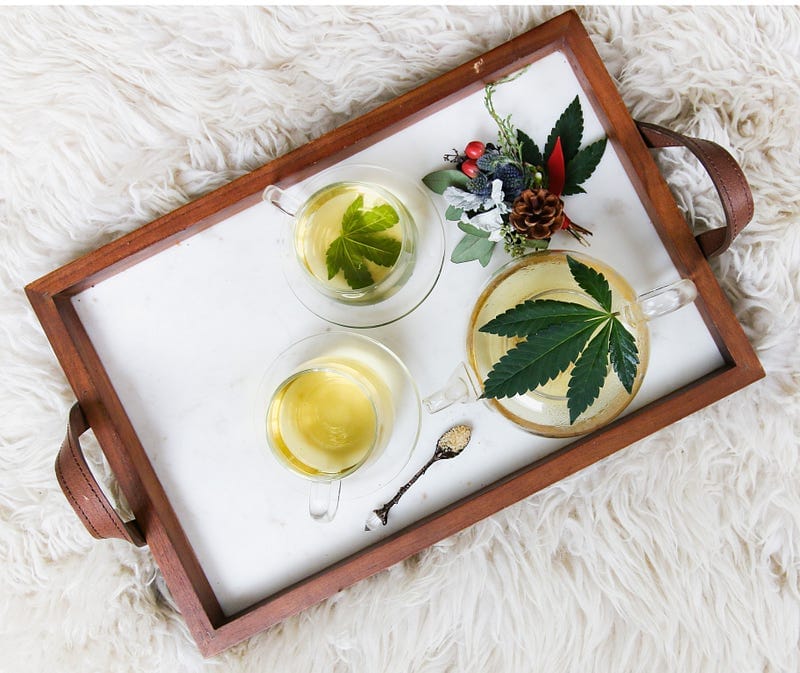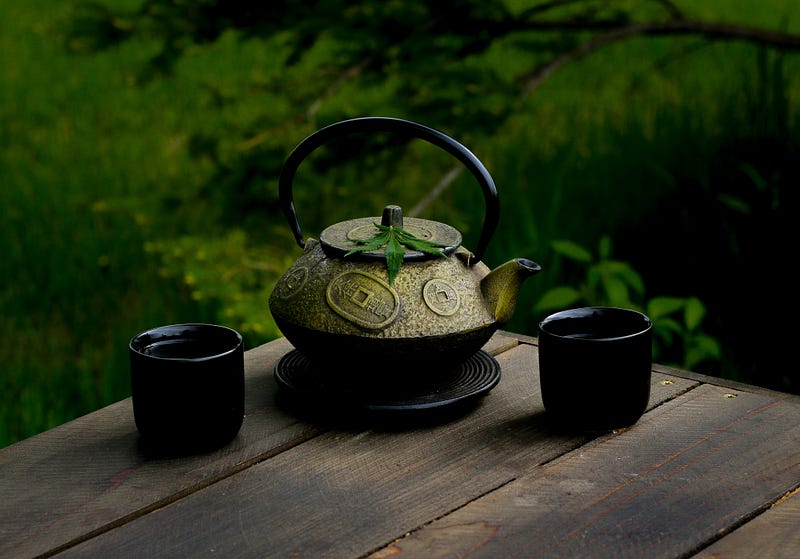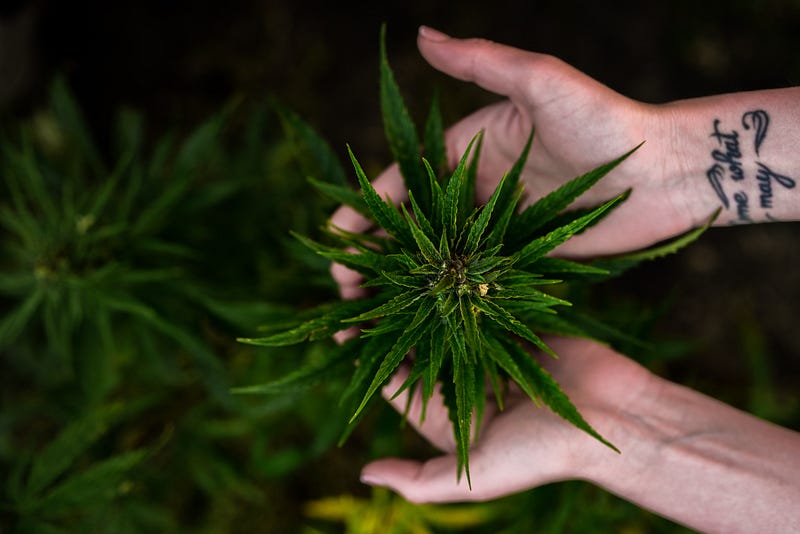Cannabis and Health

An Introduction
The definition of health can vary depending on who you ask. Your doctor may call it one thing, while your health insurance company or best friend defines it as something else. According to WHO or the World Health Organization health is, “a state of complete physical, mental and social well-being and not merely the absence of disease or infirmity.”
Is your health where you want it to be?
If you’re like one of the many people on this planet, I will bet not. Health is hard to get right. There’s conflicting information everywhere you look. Eat fat, not carbs. Perform HIIT workouts, not yoga. Take this pill, not that. It’s something we have to work at every day. There’s always new research coming out that contradicts something we’ve been told for decades. Medications get overly prescribed, bringing a host of side effects with them. Sometimes the medicine causes more harm than the disease we’re trying to treat.
No matter how “unhealthy” we are, the body has the amazing ability to heal itself. Your liver is capable of regenerating some of its damaged tissue. With diet and exercise, your blood sugar and cholesterol levels can improve. When exposed to certain stimuli like pain, your body is able to react accordingly due to the nervous system.

Among the other systems in your body, one that is less commonly discussed is the endocannabinoid system. Endocannabinoids are neurochemicals that work to regulate many of our bodily systems including reproduction, the immune response, sleep, and digestion.
Phytocannabinoids including Cannabidiol or CBD, along with THC, are found in the cannabis or hemp plant. Over the years, studies have shown that phytocannabinoids work like our own endocannabinoids. In fact, CBD works by indirectly stimulating our endocannabinoid receptors, helping the body to heal itself by balancing our endocannabinoid system.
The health benefits of cannabis have been documented across the world, dating back thousands of years. Some of the oldest records, dating back to 2737 BCE, recommend the use of cannabis in the treatment of arthritis, pain, malaria, memory disorders, and gout.
Cannabis or the hemp plant can be used for more than medicinal purposes. It can be made into rope, alternative fuel, fabric, and paper. Until the late 1800s, most of the paper in the world was created from cannabis hemp. It is said the King James Bible and the first draft of the Declaration of Independence were written on hemp paper, along with several other famous written works.
It wasn’t until the 1930’s when political lobbyists who represented pharmaceutical, alcohol, paper, cotton, tobacco, synthetic fabric, and petroleum industries worked to successfully ban hemp and cannabis as industrial crops, thus halting research on the plant.
Cannabis became and is still labeled as a Schedule 1 drug, as is heroin, ecstasy, LSD, and psilocybin. Much legality comes with being a Schedule 1, such as the restriction of interstate commerce, the denial of medical reimbursement regarding CBD claims, and for individuals involved in CBD (growing, marketing, and manufacturing) being unable to do business with FDIC-insured banks. There is still much stigma surrounding cannabis, following years of misleading and/or biased information.

Despite the bad rap that cannabis has had over the years, there is no refuting the scientific evidence that it can help heal and support health. Cannabis-related health research is being published in peer-reviewed scientific journals including JAMA, Science, and Cell, to name a few. The endocannabinoid system is finally starting to be taught in medical school for future health professionals. CBD is the perfect medicine, as it has virtually no chance of a lethal overdose, very low risk of addiction, and almost no side effects.
The US Department of Health and Human Services (HHS) was awarded patent 6630507, called “Cannabinoids as antioxidants and neuroprotectants,” in 2003. This patent includes the use of nonpsychoactive cannabinoids as a treatment for neurological diseases (Alzheimers, stroke, Parkinson’s) along with conditions caused by oxidative stress (Crohn’s, diabetes, arthritis). Although cannabis is still a Schedule 1 drug and technically illegal federally, per the patent, the government is aware that CBD does have health benefits and has not shown any signs of toxicity or serious side effects, even when given in large doses.

In today’s society, many patients are interested in healing without the high, which is where CBD comes into play. THC is the cannabis compound that can lead to alterations in consciousness. However, CBD, which the HHS patent focuses on, has all the health benefits without the mind-altering effects.
Multiple research studies have concluded that the health benefits of CBD can include: weight-loss promotion, anxiolytic, anti-epileptic, anti-diarrheal, cardioprotective, anti-inflammatory, anti-emesis, anti-cancer, bone stimulant, vasorelaxant, anti-diabetic, immunosuppressive, antiproliferative, anti psoriatic, anti-diarrheal, analgesic, antispasmodic, and neuroprotective. The bottom line is that CBD is safe and has proven health benefits.
Since CBD is non-psychoactive, you can heal without the high.
There are many mechanisms for using CBD, and depending on where you live, along with the legalities and availability, it can be a cost-effective approach to treatment without the use of traditional pharmaceuticals. When using CBD, the body can end up feeling more relaxed, and mood may improve. As with other drugs, the effects can differ from person to person, which is why it’s always wise to see how you react before operating machinery or performing other demanding duties. The effects of cannabis can be felt via inhalation, oral or mucosal, transdermal, ingestion, or topical. Dosage can vary from person to person as well, depending on the strain, the method of treatment, and the condition. You should always consult your health-care provider before beginning or stopping therapy of any kind, and cannabis is no exception. It is essential to pay attention to your body when trying new treatments, to see how they affect and work for you. This is where a journal or log can become helpful, especially with cannabis in regards to strains and dosing. Certain strains may have an uplifting effect, while others may be more relaxing.
There is much to learn about cannabis and how it can heal. It was made for our bodies, with phytocannabinoids fitting into our own endocannabinoid system as a key would into a lock. This key might even be growing in your backyard. Check back next month for more information about how to incorporate cannabis as a healthy addition to your life.
Works Cited:
Blesching, Uwe. The Cannabis Health Index: How to Achieve Deep(Er) Healing of 100 Chronic Symptoms and Diseases by Linking the Science of Medical Marijuana with the Art of Mind-Body Consciousness. Logos Publishing House, 2013.
Leinow, Leonard, and Juliana Birnbaum. CBD: a Patients Guide to Health with Medicinal Cannabis. North Atlantic Books, 2017.